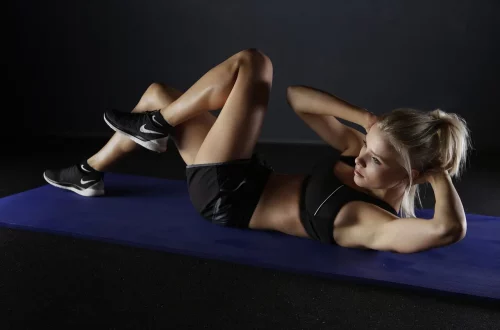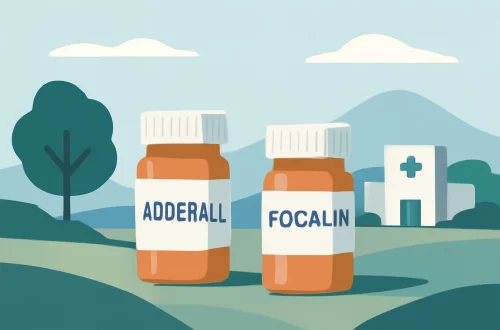
Understanding Rabbit Paw Pads: Care, Health, and Importance
Rabbits are one of the most beloved pets worldwide, cherished for their playful nature and gentle demeanor. However, as with any pet, they require special attention and care to ensure their overall health and well-being. One often-overlooked aspect of rabbit care is their paw pads. These small, but significant parts of a rabbit’s anatomy play a crucial role in their mobility, comfort, and overall health. Understanding the structure and function of rabbit paw pads can help pet owners provide better care for their furry friends, ensuring they live a happy and healthy life. From the unique characteristics of these pads to common health issues and preventive measures, there’s much to learn about how to keep these delicate areas in optimal condition.
In this article, we will explore the importance of rabbit paw pads, the best ways to care for them, and how to recognize potential health problems. By being proactive and informed, rabbit owners can contribute significantly to their pets’ quality of life. As we delve into this topic, you’ll discover that every aspect of rabbit care, including paw pad maintenance, is interconnected and essential for a thriving pet.
Understanding the Structure of Rabbit Paw Pads
Rabbit paw pads are unique structures that serve various important functions. Unlike the hard soles found on many other animals, rabbit paw pads are softer and more flexible. This anatomical feature aids in providing a cushion for their delicate bones and joints, allowing them to hop and run comfortably. The pads are covered in fur, which helps to insulate them from extreme temperatures and provides some protection against rough surfaces.
The anatomy of a rabbit’s paw consists of several components. The main pads are located on the bottom of their feet, and they are typically thicker than the skin surrounding them. These pads are rich in nerve endings, which enables rabbits to sense their environment better. This heightened sense of touch is essential for their survival in the wild, where they must navigate various terrains and avoid potential dangers.
Each foot has a specific configuration of pads. For instance, the hind feet, which are larger and more muscular, contain more substantial pads compared to the front paws. This design allows rabbits to utilize their powerful hind legs to propel themselves forward during leaps. The unique structure of these pads not only facilitates movement but also plays a role in their overall balance and stability.
Proper understanding of the anatomy of rabbit paw pads can help pet owners identify any abnormalities or issues that may arise. Additionally, being aware of their structure can guide owners in providing appropriate care, such as regular cleaning and monitoring for signs of wear or injury. This proactive approach can prevent more serious health problems down the line, ensuring that your rabbit remains active and healthy.
Common Health Issues Related to Paw Pads
Like any part of a rabbit’s body, paw pads are susceptible to various health issues. One of the most common problems pet owners may encounter is pododermatitis, often referred to as “sore hocks.” This condition occurs when the skin on the paw pads becomes inflamed, typically due to prolonged contact with hard or rough surfaces. Symptoms may include redness, swelling, or even open sores on the pads. If left untreated, pododermatitis can lead to severe pain and mobility issues.
Another concern is the presence of foreign objects, such as small stones or debris, that can become lodged in the pads. This situation can cause discomfort and may lead to infections if not addressed promptly. Regularly inspecting your rabbit’s paw pads for any signs of irritation, injury, or foreign material is an essential aspect of preventive care.
Additionally, rabbits can suffer from various fungal or bacterial infections that can affect their paw pads. These infections can occur due to damp conditions or poor hygiene. Symptoms may include unusual odors, discharge, or changes in color. Maintaining a clean environment and ensuring your rabbit’s living space is dry can significantly reduce the risk of these infections.
Another critical health consideration is nail care. Overgrown nails can exert pressure on the paw pads, leading to discomfort or injury. Regular nail trimming is necessary to keep your rabbit’s paws healthy. If you notice any signs of distress or discomfort in your rabbit, it’s essential to consult a veterinarian who specializes in exotic pets. They can provide a thorough examination and recommend appropriate treatments or care strategies.
Remember, early detection and intervention are key to managing any health issue related to rabbit paw pads. By staying vigilant and proactive, you can help your rabbit maintain healthy and functional paw pads throughout their life.
Best Practices for Caring for Rabbit Paw Pads
Caring for your rabbit’s paw pads is vital for their overall health and well-being. Implementing a few simple practices can go a long way in ensuring that their pads remain in excellent condition.
Firstly, regular inspection is crucial. Make it a habit to check your rabbit’s paw pads during grooming sessions. Look for any signs of redness, swelling, or irritation. Ensure that the fur around the pads is clean and free from debris. If you notice any foreign objects or signs of infection, consult a veterinarian immediately.
Secondly, consider the surfaces your rabbit frequents. Soft bedding can provide a comfortable area for your rabbit to rest and move around. Avoid rough surfaces, like concrete or untreated wood, which can cause wear and tear on their delicate pads. Providing a safe and comfortable living environment is essential in preventing injuries and ensuring your rabbit’s comfort.
Additionally, hygiene plays a significant role in paw pad health. Regular cleaning of the living area will minimize the risk of infections. If your rabbit spends time outdoors, be cautious of the terrain. Grass and soft soil are generally safe, but be aware of any sharp objects or hazardous materials that could harm their paws.
Moreover, proper nail care is essential for preventing injury to the paw pads. Regularly trim your rabbit’s nails to avoid overgrowth. If you’re unsure how to do this safely, consult a veterinarian or an experienced groomer. They can demonstrate the best techniques to ensure your rabbit remains comfortable during the process.
Lastly, consider diet and nutrition. A balanced diet helps promote overall health, including the health of their paws. Ensure your rabbit receives a diet rich in fiber, which is essential for their digestive health, indirectly benefiting their overall well-being.
By following these best practices, you can significantly enhance your rabbit’s quality of life and keep their paw pads healthy and functional.
The Importance of Veterinary Care for Rabbit Paw Pads
Regular veterinary care is a cornerstone of responsible pet ownership, especially for rabbits. While many health issues related to paw pads can be managed at home, professional guidance is indispensable for more severe conditions. Veterinarians specializing in exotic pets can provide insights into the specific needs of rabbits and offer tailored advice.
Routine check-ups are essential for monitoring your rabbit’s overall health, including their paw pads. During these visits, a veterinarian can conduct thorough examinations to identify any underlying issues that may not be immediately apparent to owners. Early detection of conditions like pododermatitis or infections can lead to more effective treatment and better outcomes.
Additionally, veterinarians can assist in educating pet owners about proper care techniques. They can demonstrate how to trim nails safely, inspect paw pads, and recognize signs of discomfort or distress. This education empowers rabbit owners to take proactive measures in maintaining their pet’s health.
In cases where health issues arise, a veterinarian can recommend appropriate treatments, which may include medication, dietary changes, or modifications to the living environment. They can also provide guidance on how to manage any ongoing conditions, ensuring your rabbit receives the best care possible.
Overall, establishing a good relationship with a veterinary professional is essential for the long-term health of your rabbit. Regular check-ups and open communication can help ensure that your rabbit remains healthy, happy, and free from paw pad issues.
In conclusion, caring for rabbit paw pads is an integral part of overall rabbit care. By understanding the structure, recognizing common health issues, implementing best practices, and ensuring regular veterinary care, pet owners can significantly enhance their rabbits’ well-being. Remember, if you notice any health concerns, consult a veterinarian for professional advice tailored to your rabbit’s needs.
*This article is not a substitute for professional medical advice. Always consult your veterinarian regarding any health concerns related to your pet.*




